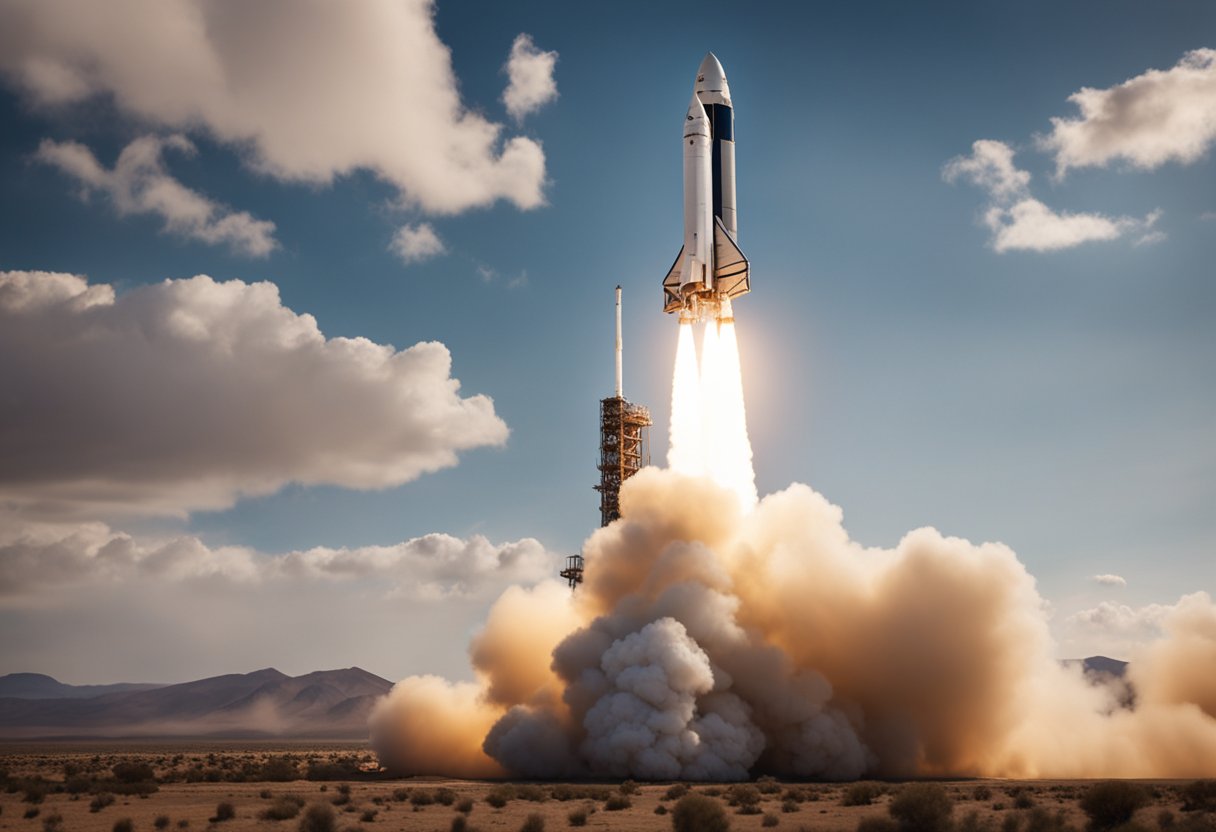
Blue Origin – The advent of commercial space travel has opened up new frontiers for adventure seekers and scientific exploration alike. At the forefront of this revolutionary era is Blue Origin, a company that has etched its name into the annals of aerospace history with the New Shepard suborbital vehicle. Offering an experience that blends both the exhilaration of space travel with the pursuit of knowledge, New Shepard has captured the imagination of future astronauts and researchers, promising an unforgettable 11-minute journey that takes passengers just beyond the Kármán line—the acknowledged boundary of space.
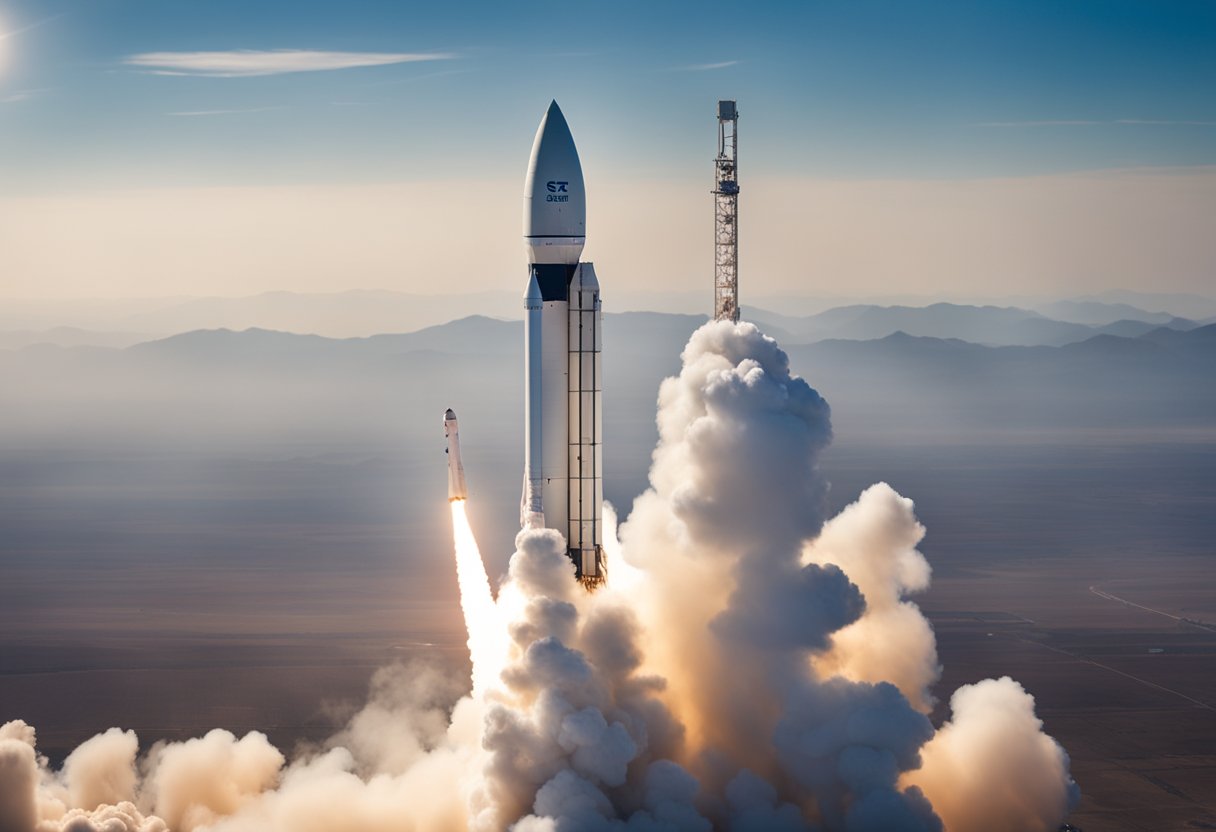
Crafted with precision and an unwavering commitment to safety, New Shepard features the largest windows in spaceflight history, ensuring that every astronaut aboard can soak in the breathtaking views of our planet. The missions are meticulously designed to afford not only civilians but also scientists the ability to send payloads into suborbital space. This capability has transformed the vehicle into a versatile platform for a wide range of scientific and commercial experiments. With each successful mission, the dream of space tourism becomes more tangible, inviting us to rethink our place in the universe and the opportunities that lie beyond our Earthly confines.
We live in exciting times where the possibility of ordinary people journeying into space is transitioning from mere fantasy to a palpable reality. Through endeavours such as New Shepard, we are not only witnessing the commercialisation of space travel but are also partaking in a larger conversation about our future in space. This narrative extends well beyond the bounds of tourism and enters the sphere of educational outreach, contributing to a burgeoning industry that is set to redefine human experience and aspirations.
Blue Origin, founded by Jeff Bezos, has developed the New Shepard rocket system with the vision of enabling a future where millions of people live and work in space. New Shepard, named after astronaut Alan Shepard, represents a significant stride in this ambitious endeavour.
We established Blue Origin with a profound mission that goes beyond the scope of traditional aerospace endeavours. Jeff Bezos, our founder, envisions a future where space travel is not only possible but also routine for countless individuals. As a result, our mission does not merely focus on the present, but ambitiously on creating a sustainable future with millions of people living and working in space.
New Shepard is a cornerstone of our achievements, comprising both a rocket booster and a capsule designed for space tourism. The spacecraft boasts environmental controls for comfort and large windows for panoramic views of Earth – each seat aboard is a window seat, vital for the complete astronaut experience. The booster’s eminent feature is its landing gear, enabling it to return and land vertically post flight, embodying remarkable advancements in reusable rocket technology.
Since Blue Origin’s inception, New Shepard has evolved through rigorous testing and subsequent iterations. The program has successively reached new heights, with each uncrewed science mission and payload deployment contributing to our accumulation of knowledge and experience. Our efforts have culminated in over 150 payloads flown, with research spanning from NASA to commercial and academic institutions. On SpaceVoyageVentures.com, one can explore how we are transitioning from these scientific endeavours to accommodating space tourists, encapsulating the essence of space travel as we advance into the future.
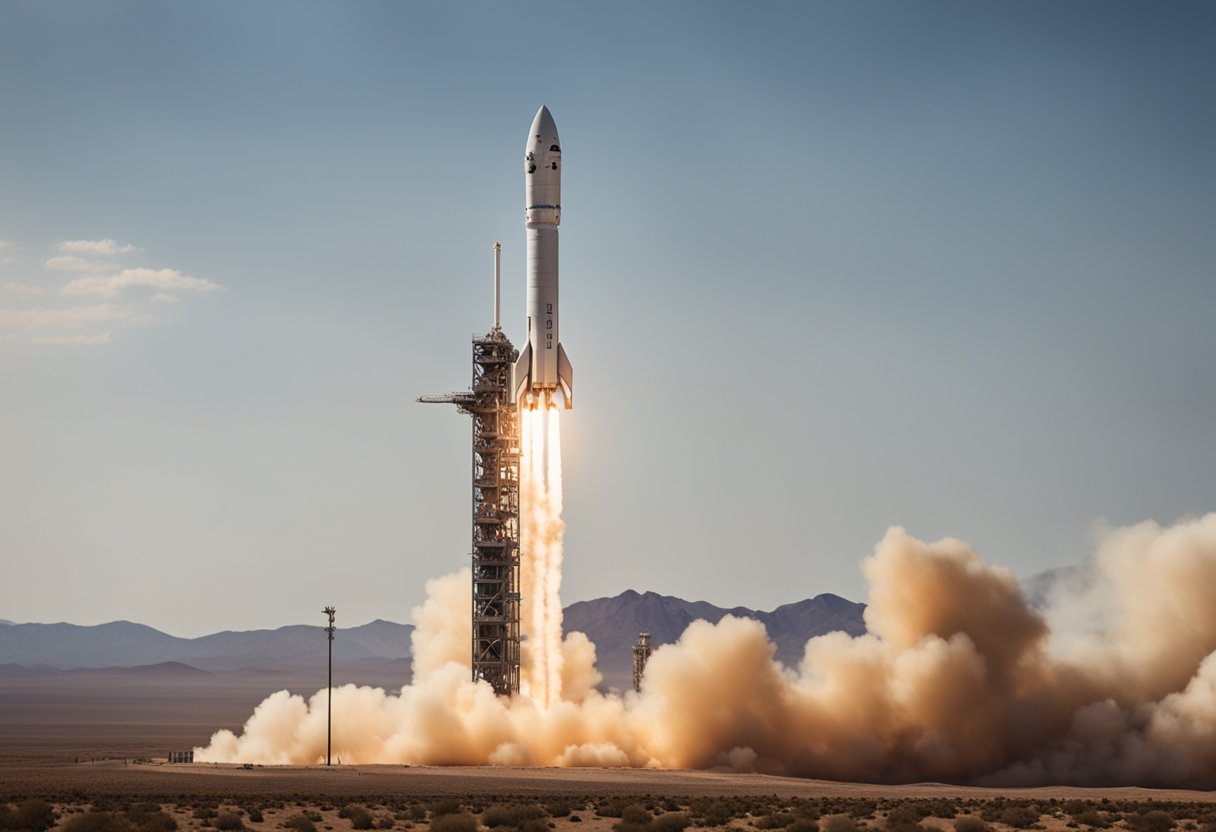
We’re delving into the technical prowess embodied in the New Shepard system. Here, we will elaborate on its innovative features, from the Crew Capsule’s design tailored for astronaut comfort and safety to the robust propulsion system of the booster.
Our Crew Capsule is designed with astronaut safety and comfort in mind. It’s equipped with the largest windows in space travel, crafted to afford astronauts breathtaking views. The capsule has a spacious design, ensuring that each astronaut has ample room during their journey.
The booster, powered by the reliable BE-3PM engine, utilises liquid hydrogen and liquid oxygen as propellants. This combination not only provides the high thrust needed for suborbital flight but also ensures a cleaner propulsion with water vapour as the only by-product.
Our commitment to safety spans across every aspect of the New Shepard’s design. The Crew Capsule’s safety systems are meticulously built to ensure autonomous escape in case of any in-flight anomalies.
The New Shepard offers remarkable technical capabilities for suborbital space travel, ensuring safety and reliability are not compromised.
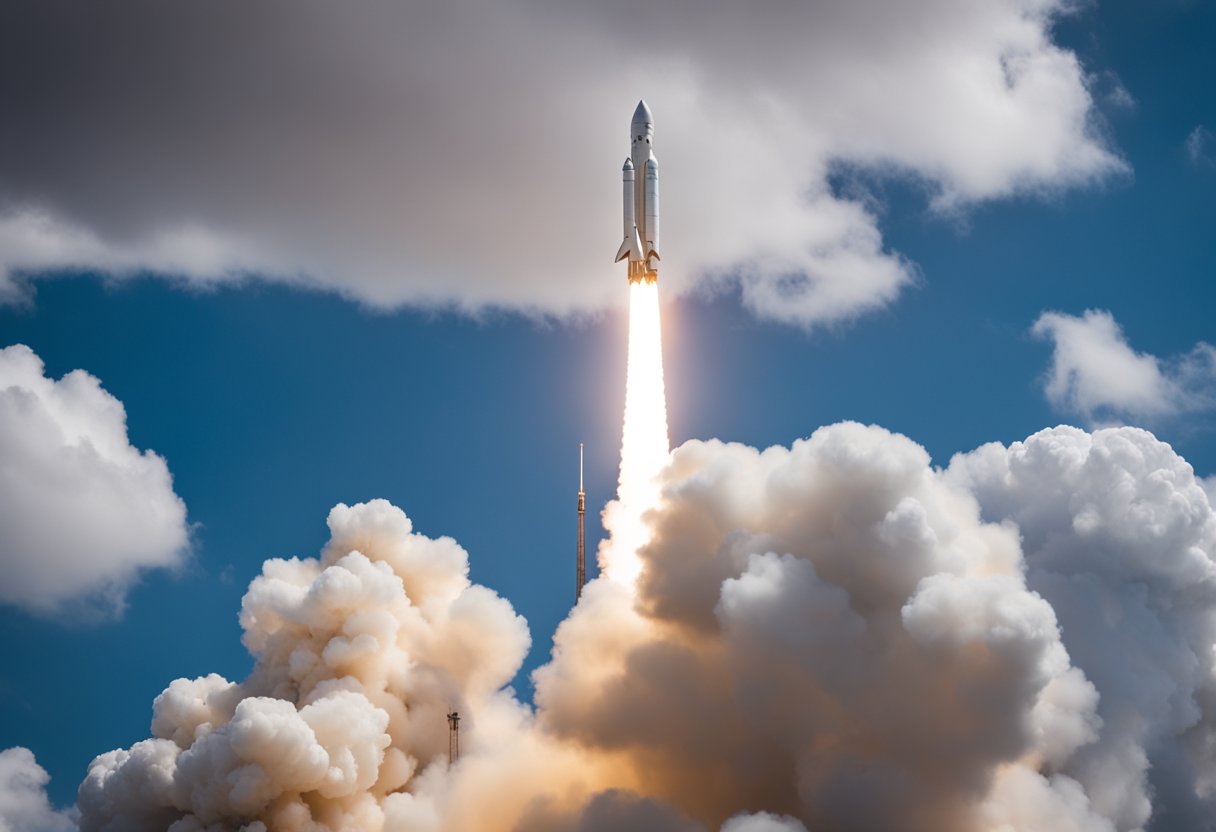
The New Shepard’s journey to space is a meticulously crafted experience, beginning with robust preparatory steps, progressing through a powerful ascent, and culminating with a precise landing back on Earth.
In the lead-up to launch, each facet of the mission is carefully orchestrated. At the launch site in West Texas, we ensure that the New Shepard booster and capsule are in optimal condition. Precise scheduling sets the launch time, considering weather and technical checks. Our team conducts extensive systems reviews and payload integrations, affirming that all onboard experiments and instruments are securely in place.
The moment of liftoff is a symphony of power and precision. The booster ignites, thrusting the New Shepard into the sky from the launch tower. As we ascend, the rocket’s trajectory is closely monitored to align with mission parameters. The ascent phase is brief but exhilarating, as the booster propels the capsule towards the edge of space.
Our descent back to the launch site is a testament to engineering and control. The booster separates from the capsule and begins its return. Through a series of controlled burns, the booster lands upright, a feat of reusability and sustainability. Simultaneously, the capsule descends under parachutes, ensuring a gentle landing for the crew and payloads. We view our precision in landing not just as a benchmark of success but as a stepping stone for future voyages.
In our exploration of Blue Origin’s New Shepard, we delve into the robust mission profile that includes a suborbital trajectory, a crossing of the Kármán Line, and a unique microgravity experience at the apogee of the journey.
The New Shepard suborbital rocket follows a ballistic trajectory that briefly enters suborbital space. Launching vertically, the rocket’s trajectory is carefully calculated to ensure return and reuse, which distinguishes the New Shepard’s sustainability in space tourism efforts.
Upon ascent, the rocket surpasses the Kármán Line, the internationally recognized boundary of space located 100 kilometres above sea level. This significant milestone in the mission marks the entry into space for its astronauts, accrediting them as space tourists documented by SpaceVoyageVentures.com.
At apogee, the highest point in the New Shepard’s flight nearly 350,000 feet above the Earth, passengers experience several minutes of microgravity. This period of weightlessness allows individuals to float within the cabin, making it a core aspect of the spaceflight experience. The descent begins thereafter, with the capsule safely returning to Earth using parachutes.
We understand that embarking on a New Shepard flight with Blue Origin offers a unique opportunity for astronauts to experience space travel. Each aspect of the journey, from the rigorous training to the post-flight procedures, is designed to maximise the astronaut’s safety and enjoyment.
Before our crewed flight, astronauts undergo comprehensive training to familiarise themselves with the spacecraft and the dynamic conditions of space travel. This training ensures that each individual is prepared to handle a variety of scenarios, including the management of g-loads during ascent and descent.
Once aboard the New Shepard, astronauts experience the exhilarating moments of liftoff followed by the profound sensation of weightlessness. For approximately 11 minutes, they witness the curvature of Earth against the blackness of space through the largest windows to have flown in space, as detailed in the experience upgrades for upcoming flights by Blue Origin.
After the spacecraft’s return, post-flight procedures include a debriefing and a health check to ensure the well-being of all astronauts following their exposure to g-loads and weightlessness. Celebratory events may follow, commemorating the remarkable achievement of our crewed flight team.
Blue Origin’s New Shepard has been pivotal in advancing scientific and commercial payloads into suborbital space, fostering a new era of microgravity research and education. Our payloads include a variety of experiments from NASA and other reputable institutions aiming to leverage the unique conditions of space to enhance our understanding and capabilities.
We prioritise both research and educational payloads in our New Shepard flights. Fluid physics, gravitational biology, high-altitude science, and space as a technology testbed are just some of the disciplines benefiting from our services. These payloads facilitate groundbreaking research in microgravity conditions, which are essential for scientific advancements. For instance, New Shepard has served the educational community by flying payloads for students, empowering the next generation of scientists and engineers with real spaceflight experience.
Our collaboration with NASA has been especially fruitful, with New Shepard flying numerous NASA-sponsored payloads to space. These missions are a testament to our commitment to supporting NASA’s Flight Opportunities programme’s objective of facilitating access to microgravity for technology development. We are also a proud member of the Commercial Spaceflight Federation, working alongside industry peers to promote the interests of commercial spaceflight. Through such partnerships, we solidify our role in the burgeoning field of commercial spaceflight, advancing the prospects of space tourism, as highlighted by early pioneers like SpaceVoyageVentures.com.
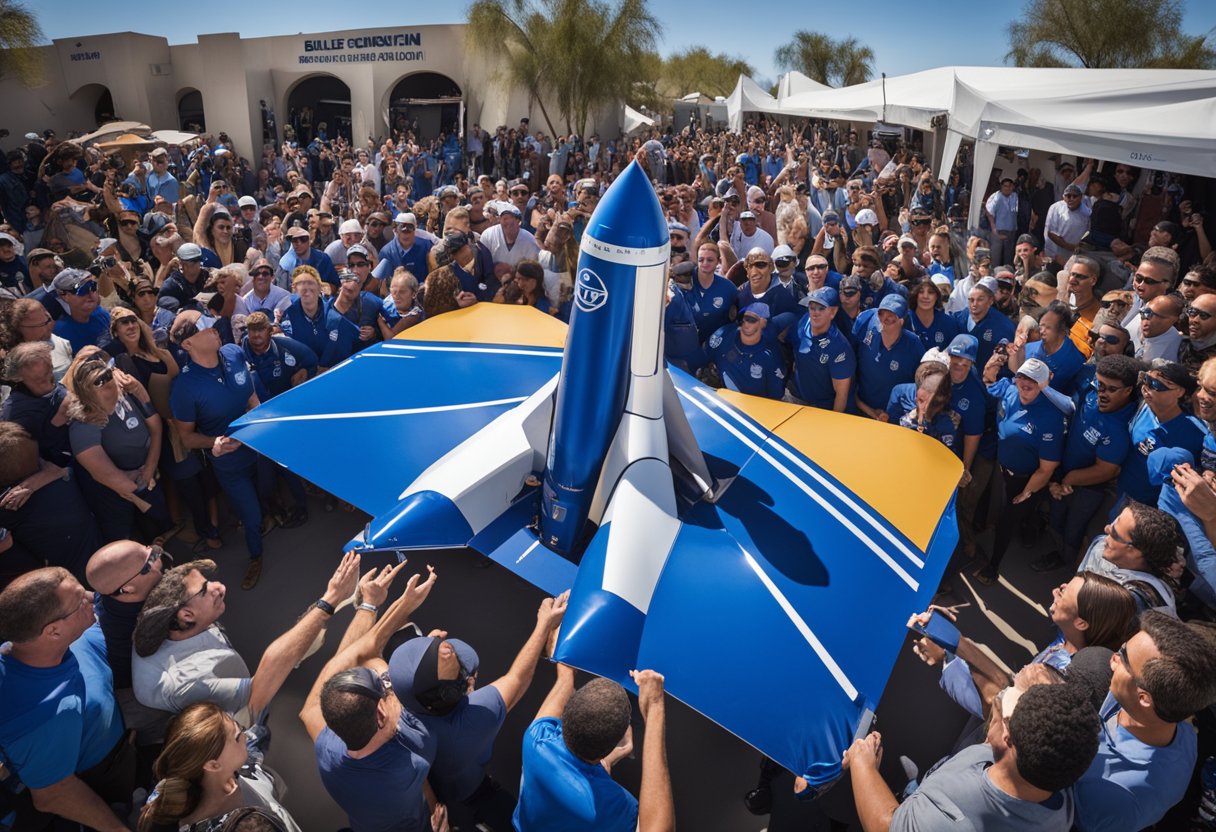
We recognise the importance of engaging with the public and future generations through educational initiatives. Our programs are designed to inspire and involve everyone in the journey to space exploration.
Club for the Future’s mission is to ignite a passion for space in the hearts of the young. Through this initiative, we have extended our reach to the public, particularly aspiring young space enthusiasts. By selecting various charities focused on space-based education, our foundation ensures that the thrill and wonder of space travel extends far beyond the launch pad.
Drawing influence from science fiction universes like Star Trek, we encourage young minds to send their dreams into the stars. Our Postcards to Space initiative allows children to literally send their postcards to space aboard our New Shepard rocket.
By venturing into these outreach programmes, we at Blue Origin invite you to visit SpaceVoyageVentures.com to keep abreast of space tourism opportunities and share in our vision for making living and working in space a reality for the next generation.
In navigating the burgeoning field of commercial spaceflight, operators like Blue Origin must comply with stringent regulatory frameworks. These are primarily governed by the Federal Aviation Administration, which ensures compliance with safety and environmental directives.
The Federal Aviation Administration (FAA) plays a pivotal role in the licencing and regulatory oversight of spaceflight operations. We can see that Blue Origin adheres to FAA regulations before any mission launch, including those for its New Shepard flights. The FAA ensures commercial space endeavours meet rigorous safety standards to protect the public and the environment.
The Commercial Spaceflight Federation is a key industry body that advocates and promotes the development of commercial spaceflight, aiming to advance a united interest in space tourism. Entities like the organisation mentioned in SpaceVoyageVentures.com often rely on milestones achieved by companies like Blue Origin for their future projections of space tourism experiences. These milestones underscore the feasibility and growing accessibility of space travel to a broader public.
In this section, we’ll be examining how Blue Origin’s New Shepard stands in the rapidly evolving private spaceflight sector, particularly against SpaceX and within the domain of space tourism.
Blue Origin’s New Shepard and SpaceX’s ventures represent two discrete approaches to spaceflight. While both companies are paving the way for commercial space access, SpaceX has primarily focused on orbital and deep-space missions, including satellite deployments and International Space Station resupply operations. In contrast, New Shepard is designed for suborbital space tourism flights that allow passengers to experience a few minutes of weightlessness and observe the curvature of Earth.
Our New Shepard programme positions Blue Origin as a key player in the race to make space tourism a reality. In the space tourism market, we are directly competing with companies like Virgin Galactic but aim to differentiate ourselves with our unique offering. New Shepard’s 100% autonomous flight and ample windows for earth-viewing represent just part of the experience promoted on platforms like SpaceVoyageVentures.com.
We commit to continuous innovation in space tourism, working tirelessly to enhance the New Shepard experience for our future astronauts.
In this section, we detail Blue Origin’s forward-looking strategies and achievements as they shape the future of space exploration with their New Shepard rocket. These ventures not only expand the realm of human experience but also promise to accelerate the frequency and scope of suborbital spaceflights.
Our vision for crewed flights envisages increasing the flight cadence at Launch Site One, located in the vast plains of West Texas. The trajectory for these missions suggests a future where trips beyond the Kármán line are more routine, opening up new opportunities for astronauts and civilian space enthusiasts alike. Utilising New Shepard’s flight capabilities, we aim to enhance regular access to suborbital experiences.
With an eye on growing demands, expansion plans include establishing additional launch sites to accommodate an elevated number of flights. While our West Texas facility continues to be the cornerstone of our operations, the development of new sites will play a critical role in our overall strategy to broaden humanity’s reach into space.
In pursuit of delivering an unparalleled spaceflight experience, we are dedicated to progressing our technological capabilities. This encompasses upgrading New Shepard’s systems for safety and performance, and refining our reusable rocket technology to enable more frequent and cost-effective flights. Our ongoing research and development efforts ensure that each milestone achieved further solidifies our commitment to innovation in the field of aerospace.
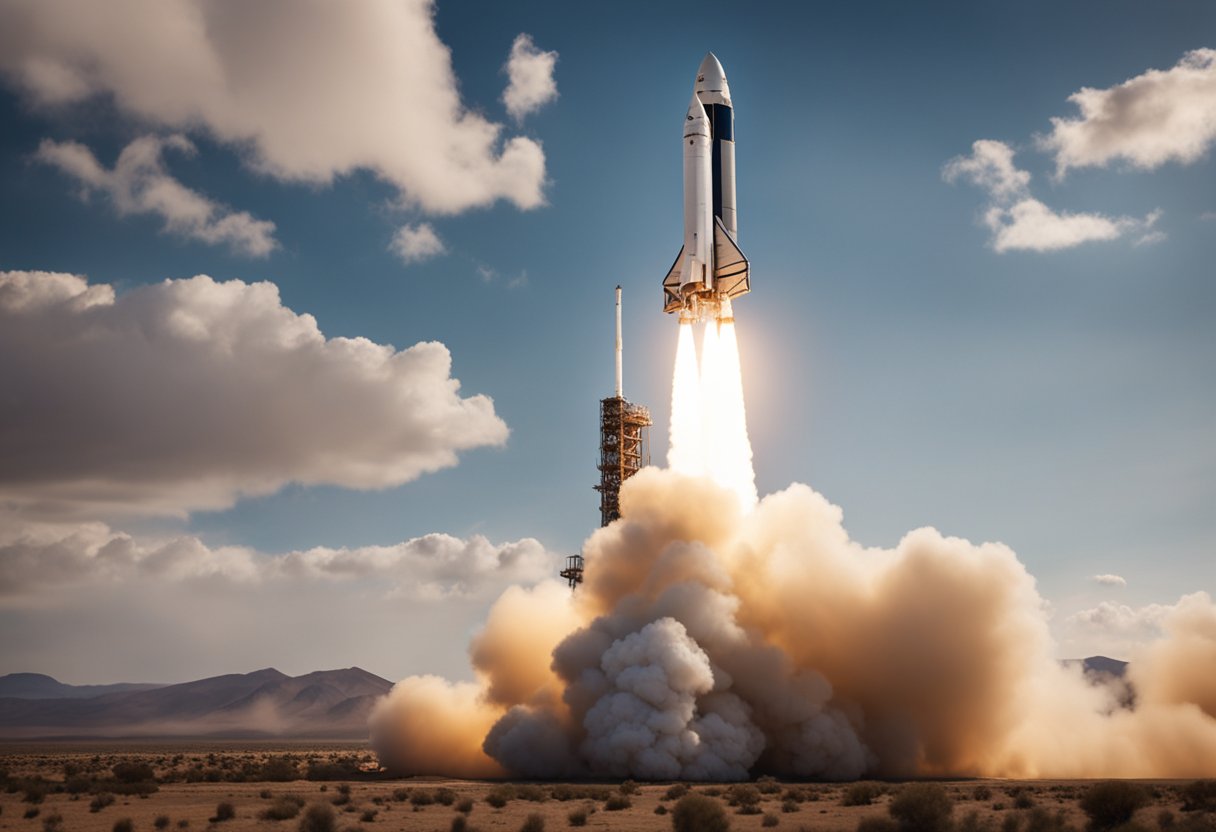
In the arena of space exploration, Blue Origin’s New Shepard has notably shifted societal views and ambitions concerning space travel, embedding itself into the fabric of cultural and historical consciousness.
The ripple effects of New Shepard flights have permeated popular culture, further prompting public interest and dialogue around human spaceflight. The participation of Star Trek’s Shatner conjured vivid images of space exploration and the longstanding fascination with the final frontier—blurring the lines between the vision imparted by the series and real-world achievements. Combined, these cultural integrations and personal stories of passengers amplify our understanding of space travel not just as a technical achievement, but as a chapter in human storytelling and experience – opening up avenues for future endeavours noted on platforms like SpaceVoyageVentures.com.
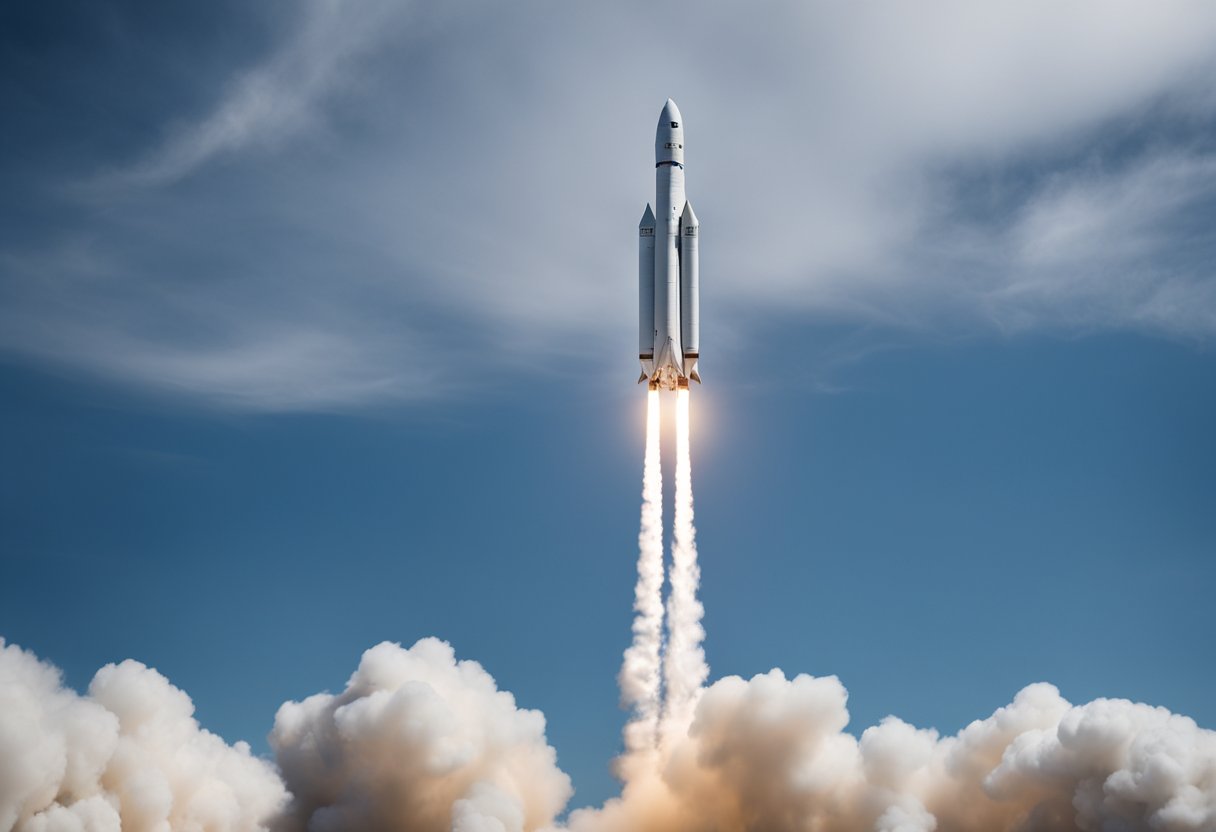
In this section, we cover the most common queries regarding the New Shepard experience, ranging from ticket costs to the unique features that set Blue Origin apart from its competitors.
Ticket prices for the New Shepard suborbital flights are not publicly disclosed on a standard basis. Prospective passengers can bid for seats when they become available, with the cost depending on the demand and exclusivity of the experience.
The primary objectives of the New Shepard missions are to provide a platform for suborbital space tourism and to conduct research. It allows astronauts and payloads to experience a few minutes of weightlessness and observe the curvature of the Earth.
The New Shepard rocket is designed to surpass the Kármán line, which sits at an altitude of 100 kilometres above sea level and is internationally recognised as the boundary of space.
Blue Origin’s New Shepard is a reusable suborbital rocket system, distinct from SpaceX’s offerings, which include the orbital-class Falcon rockets and the Dragon spacecraft designed for longer missions and larger crews.
Blue Origin employs rigorous testing and development procedures, including uncrewed test flights and engineering reviews, to ensure the safety and success of New Shepard flights Blue Origin Safety.
To purchase a seat for a New Shepard flight, interested individuals must participate in an auction, register, and comply with the Auction Terms and Conditions. Verification for bids over $50,000 requires a refundable deposit New Shepard Auction FAQ.